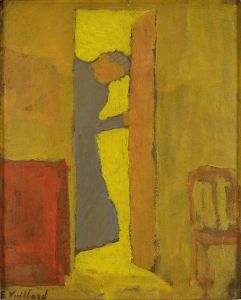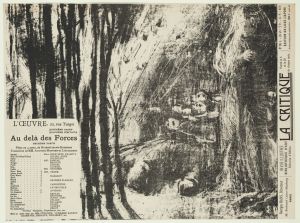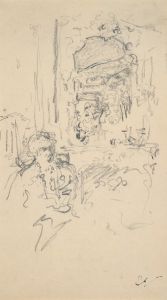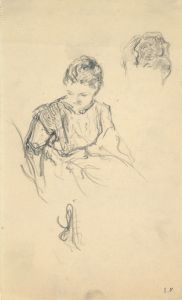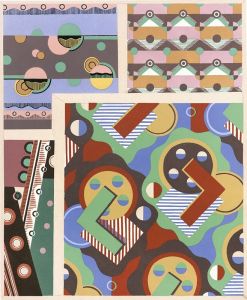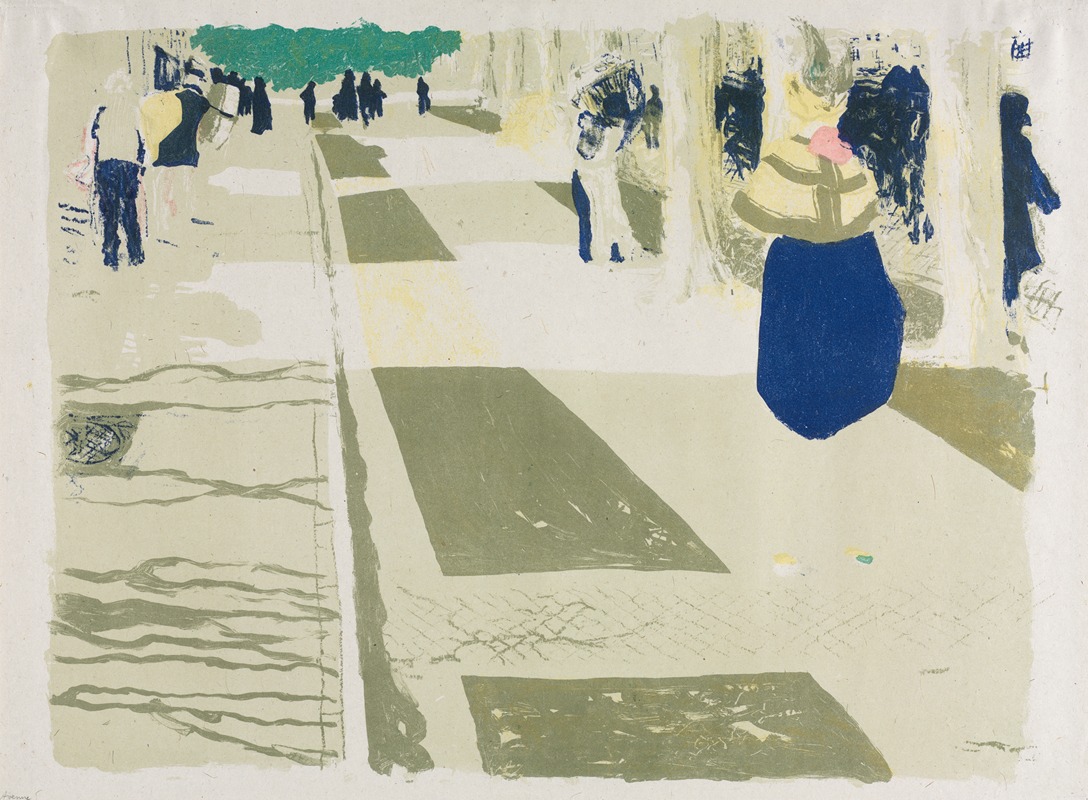
The Avenue
A hand-painted replica of Édouard Vuillard’s masterpiece The Avenue, meticulously crafted by professional artists to capture the true essence of the original. Each piece is created with museum-quality canvas and rare mineral pigments, carefully painted by experienced artists with delicate brushstrokes and rich, layered colors to perfectly recreate the texture of the original artwork. Unlike machine-printed reproductions, this hand-painted version brings the painting to life, infused with the artist’s emotions and skill in every stroke. Whether for personal collection or home decoration, it instantly elevates the artistic atmosphere of any space.
Édouard Vuillard, a prominent French painter associated with the Nabis movement, created "The Avenue" in 1896. This painting exemplifies Vuillard's distinctive style, characterized by his use of rich colors, intricate patterns, and a focus on intimate domestic scenes. Vuillard, along with other members of the Nabis, sought to break away from the traditional academic art of the time, embracing a more decorative and symbolic approach.
"The Avenue" is a testament to Vuillard's ability to capture the essence of everyday life through his unique perspective. The painting depicts a tree-lined street, likely inspired by the urban landscapes of Paris, where Vuillard spent much of his life. The composition is notable for its flattened perspective and the way it blends figures and surroundings into a harmonious whole, a technique that Vuillard often employed to emphasize the decorative quality of his work.
Vuillard's use of color in "The Avenue" is particularly striking. He employs a palette of muted tones, with subtle variations that create a sense of depth and movement. The interplay of light and shadow adds to the atmospheric quality of the scene, drawing the viewer into the tranquil yet dynamic environment. This approach reflects the influence of Japanese prints, which were popular among the Nabis and admired for their bold compositions and innovative use of color.
The figures in "The Avenue" are rendered with a sense of anonymity, their features often obscured or blended into the background. This technique allows Vuillard to focus on the overall mood and composition rather than individual identities, inviting viewers to immerse themselves in the ambiance of the scene. The painting captures a moment of quiet reflection, evoking a sense of nostalgia and introspection.
Vuillard's work, including "The Avenue," is often associated with the concept of "intimism," a term used to describe art that emphasizes personal and domestic themes. His paintings frequently explore the relationship between people and their environments, highlighting the beauty and complexity of everyday life. This focus on the intimate aspects of human experience is a hallmark of Vuillard's oeuvre and contributes to the enduring appeal of his work.
"The Avenue" is housed in the collection of the Musée d'Orsay in Paris, a museum renowned for its extensive collection of Impressionist and Post-Impressionist masterpieces. Vuillard's painting is an important part of this collection, offering insight into the artistic innovations of the late 19th and early 20th centuries. Through works like "The Avenue," Vuillard has left a lasting legacy, influencing subsequent generations of artists and contributing to the development of modern art.
In summary, "The Avenue" by Édouard Vuillard is a quintessential example of the artist's style and the broader Nabis movement. Its emphasis on color, pattern, and the intimate aspects of daily life reflects Vuillard's unique artistic vision and his ability to transform ordinary scenes into works of profound beauty and meaning.







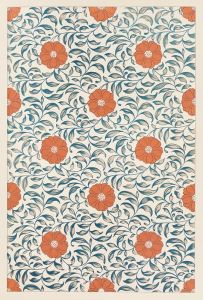
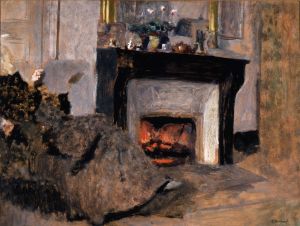
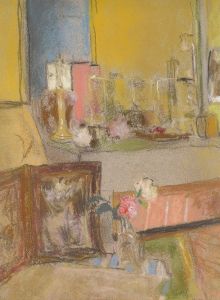
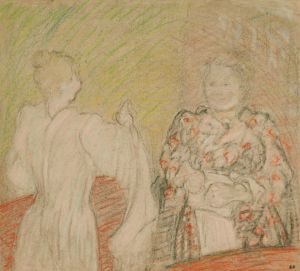
![Nature morte au bougeoir [The Candlestick]](/imgs/216620/s/edouard-vuillard-nature-morte-au-bougeoir-the-candlestick-5fbea233.jpg)
